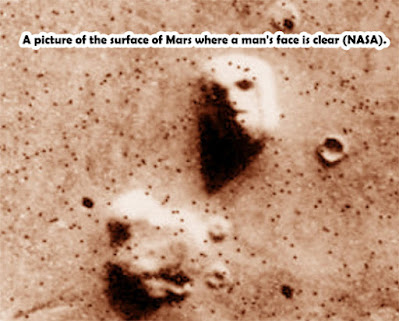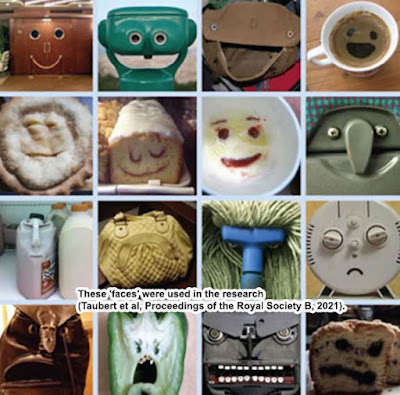
According to an Indian folk tale, Indira was going somewhere disguised as a beggar when night fell on the way. The jungle, the desert, far, far away, neither man nor man. They lit fires to escape the cold.
The wild animals recognized the deity. The wolf brought them a gift of mangoes. The monkey offered yogurt.
The rabbit was left behind and did not understand anything else, so he jumped into the fire in front of Indira so that it would burn and the gods would eat him.
It is said that Indra was so pleased with the rabbit's sacrifice that he engraved his image on the moon. According to Indian tradition, the same rabbit shape can still be seen on the moon.
Interestingly, the ancient Aztec civilization of South America also saw a rabbit on the moon, but it was another rabbit. According to the stories we heard in childhood from the house elders, there is a carpenter on the moon who keeps spinning.
In Europe, a man is said to be carrying a lump on his back, called a man on the moon. According to the Talmudic tradition, the image of Prophet Yaqub (Jacob) PBUH is engraved. Similarly, according to Chinese mythology, the goddess Change accidentally went to the moon and got stuck there and is still visible on the moon.
The famous Urdu poet Mir used to see a picture of his girlfriend:
A shape appeared on the moon
Decreased eating and dreaming (Translated version)
On the other hand, it is very common to see religious figures and symbols everywhere. Followers of different religions see the faces of their spiritual figures on cut potatoes, clouds, animal backs, burnt bread, leaves or trees, etc. A few years ago, a man named Gohar Shahi claimed that besides the moon, there is also a picture of him in the sun. Other claims forced him to leave the country. Those claims cannot be stated here. However, a common term for finding faces in objects, Pareidolia, is defined as finding a specific shape in the natural elements and pasting its meaning.
What is the reason for this? Is it part of human nature?
Scientists at the University of Sydney researched the matter and said it has its roots in the theory of evolution.

They say this ability is hard-wired in the human mind; it exists naturally. This shows that it has to do with human survival.
David Ellis, a professor at the University of Sydney's School of Psychology and head of the study, said: "From an evolutionary point of view, ignoring a human face is a bigger mistake than considering inanimate objects as faces."
"Face recognition is a very useful process, but the system works in a very relaxed way, which is defined as finding a specific shape in the natural elements and sticking your interpretation on it," he said.
It is as if the man is afraid of the rope as a snake because it is in his nature. This is a mistake because the process of identifying things becomes more active than necessary, and the man jumps in fear of a harmless thing, his face turns yellow, his heart starts beating loudly, and so on and so forth.
But the cost of this mistake is less; at most, it may be that someone is watching you, and they will laugh at your confusion.
But compared to this slight embarrassment, if you consider a snake a rope, you will have to pay a heavy price for this mistake because it may prove to be your last mistake.

Therefore, evolution proved to be more helpful in advancing those who were frightened at the sight of trivial things and did not advance the generation of those who did not realize the danger and thus lost their lives.
Professor David Ellis told the media, "Facial recognition is a very useful process, but the system works loosely and sticks a facial label where two eyes and a nose see. There are so many types it's hard to say.
Under this process, the mind not only sees the faces but also tries to examine the expressions of those faces, that is, which face is angry, which is happy.
According to scientists, the reason for this is that human beings are largely social creatures, and to lead a normal life, it is necessary to study the faces of other human beings closely to assess their reactions.
In ancient times, when man lived in small tribes, his social treatment of those close to him was of utmost importance. Because life was so difficult, and we had to struggle to survive every day, life and death depended on trusting our friends and being aware of our enemies' intentions.
That is why, during the millions of years of the evolutionary process, the innate ability to read human faces and observe their impressions was created within people.
In the days of the cave, it was difficult for a person who could not recognize the faces of others properly or could not judge their emotions by their faces to survive and move on. That is why the number of people recognizing faces has been increasing, and gradually their genes have spread to the whole human race.
Researchers at the University of Sydney asked participants to examine the impressions of "artificial" faces in various objects, in addition to the real faces.
These artificial faces included faces hidden in TV remotes, coffee cups, handbags, bread crumbs, and more.
Participants knew that these were not real faces, yet they checked the expressions on those faces to see how they were feeling. Interestingly, most participants had common answers, meaning that if one button seemed annoying to others, others would get the same impression. This shows that the human mind examines real and fake faces similarly.
Dr. Ellis says, "Pareidolia faces are not rejected as wrong, but they are subjected to the same process of examining real facial expressions."
He says that the process of reading the face of the brain is active to differentiate between the theory and the smile. Whether original or fake, faces go through the same process.
